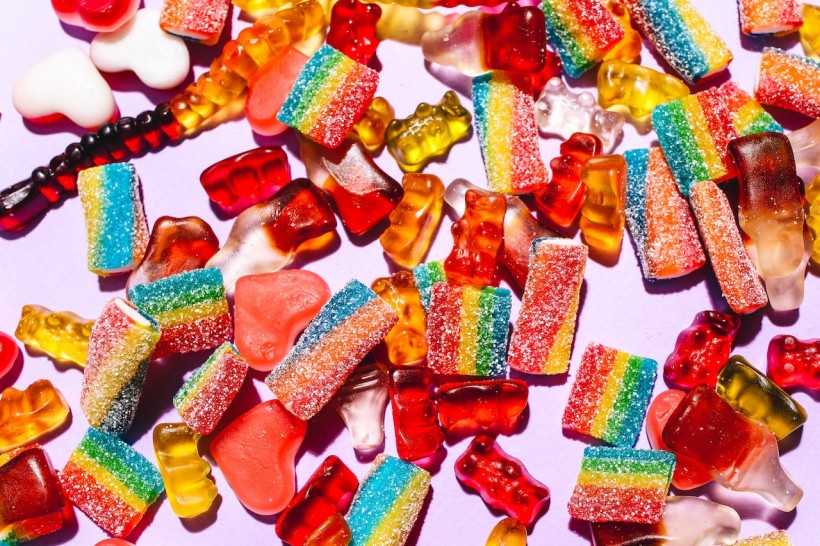How to keep gummy candies in good condition is the focus of a group of researchers from Ozyegin University and Middle East Technical University. This team conducted a series of experiments to investigate the key factors in making gummy candies that can affect the final product. They also explored the behavior of the sweets in various storage temperatures.
The scientists used the information from the experiments to identify the combination of gummy candies that can provide the most stable shelf life. The results of their study were published in Physics of Fluids by AIP Publishing.

A Sweet Approach to Candy Investigation
The group conducted their investigations by adjusting the inputs needed to make the gummy candies. These include gelatin concentrations and the ratio of glucose syrup and sucrose. They observed how these changes could affect some of the features of the candy, such as texture, moisture content, and pH level. Aside from it, they also observed the properties of the candies that are stored in different temperatures ranging from 10 degrees Celsius to 30 degrees Celsius for 12 weeks or 15 degrees Celsius to 22 degrees Celsius for one year.
According to research author Suzan Tireki, their study was challenged by a number of parameters since they have eight candy formulations, four temperature conditions, and two storage times. There is also a need to use a common model for all eight formulations since each behaves differently.
To address this challenge, the scientists used a statistical model to help describe the effect of each combination on the quality parameters of the candy. In particular, they focused on the bond length between molecules or chemical crosslink distances.
At the end of the study, the researchers reveal that the ratio of glucose syrup and sucrose affects the moisture content and pH level of the gummy candy, while the gelatin concentrations affect chemical crosslink distances.
The successful identification of the most stable combination can help extend the candy's shelf-life and improve its quality in various climates and across the food industry. In the future, the team plans to investigate the role played by plant-based formulations, the shape of the mold, and the types of packaging.
READ ALSO: Should You Give Your Child Gummy Vitamins Every Day?
History of Gummy Candies
Gummy candy has existed since the early 1900s, but it gained popularity in the U.S. in the 1980s. Together with jellies, the market size of gummy candies is expected to be valued at 17.7 billion dollars by 2025, according to Grand View Research.
The gummy candy was originally invented in Germany by candy maker Hans Reigal, who owned Haribo. Riegel developed candy technology that uses early pectin and starch formulations. The product quickly gained popularity resulting in other versions from companies such as Hershey, Farley's, and Brach.
This sweet treat is easy to make, using only gelatin, flavorings, sweeteners, and colorings. Due to its property to be molded into thousands of shapes, the gummy candy is considered the most versatile confection product ever.
RELATED ARTICLE: TopGum Triples Capacity with $30M Investment in New Plant
Check out more news and information on Gummy Candy in Science Times.














